臺灣特色茶國際證照班
臺灣特色茶國際證照班
Certificate for International Certificate Class of Taiwan Specialty Tea
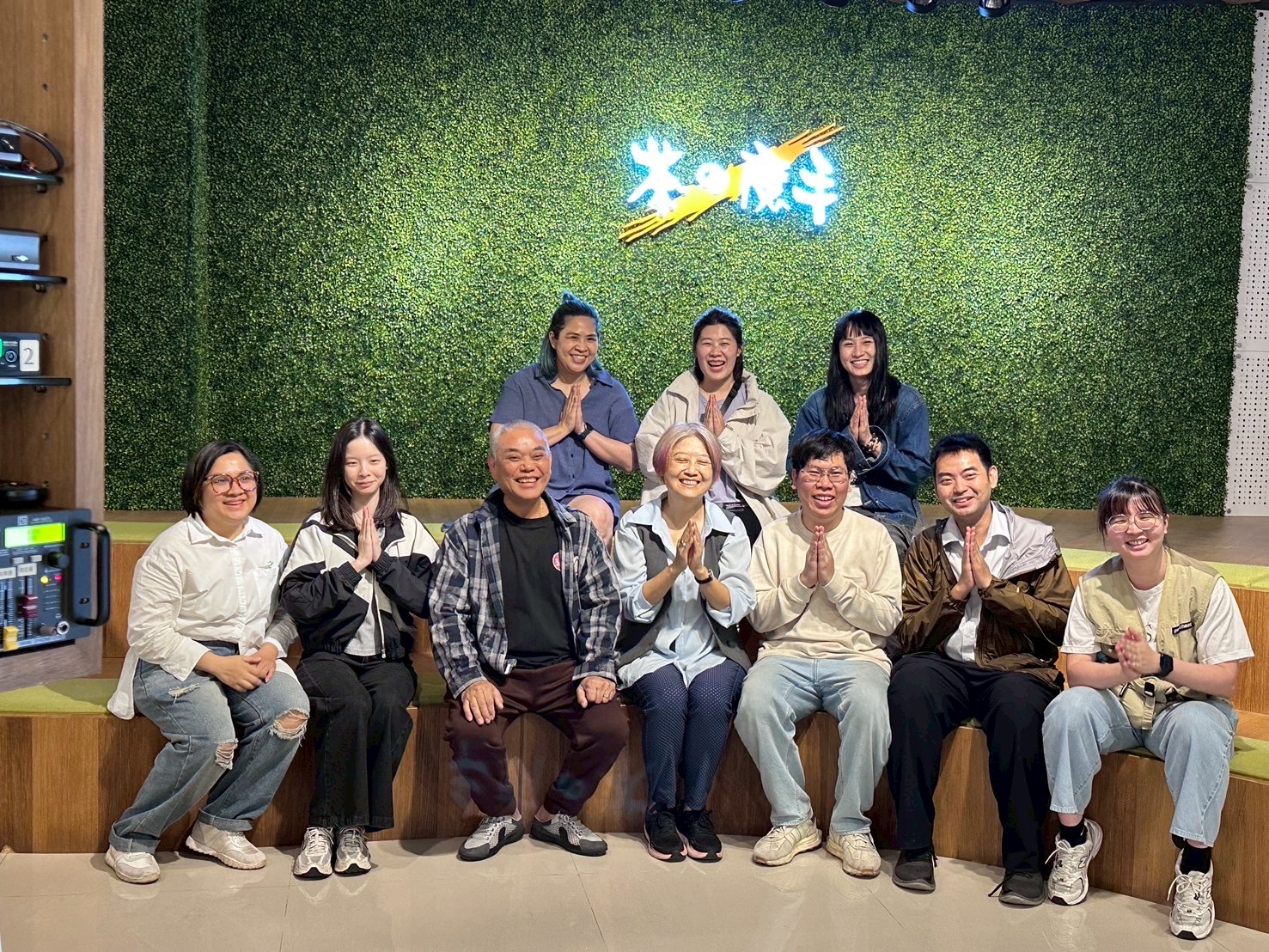
The tea farm we visited today was 茶魔手, a farm specializing in commercial tea. The manager presented us the tea plants will be handpicked and produced into varieties of tea at their own tea making facility where hygiene is highly emphasized in order to control the quality of the tea products. All process of tea making can be completed in one place starting from picking leaves, outdoor and indoor withering, oxidizing, frying and eventually squeezing the tea leaves into a ball shape and make it ready to be distributed.

This morning, I learned about the history, origins, and growing regions of various Taiwanese teas at Ciaocha Teahouse. I was surprised to learn that john Dopp from scotland helped bring Taiwanese tea to international recognition and find connecting tea makers and spreading knowledge. In the afternoon, I visited the Formosa Tea Industry and Culture Promotion Center, where I observed the production of Four Seasons oolong tea and had the chance to pick tea leaves myself. I learned the basic steps of tea processing: • Picking – One bud with 2–3 leaves • Withering outdoors – To reduce moisture and initiate oxidation • Indoor withering – To promote partial oxidation • Kill-green – Using heat to stop the oxidation process • Rolling – Shaping the leaves into ball form • Drying – To reduce moisture and stabilize the tea After that, I tasted a cold-brewed version of the tea. It had a fragrant aroma, a moderate level of strength, and was very smooth and easy to drink. Finally, I got to see the difference between hand-picked and machine-picked tea fieldsthe shape and structure of the tea bushes vary noticeably depending on the harvesting method.
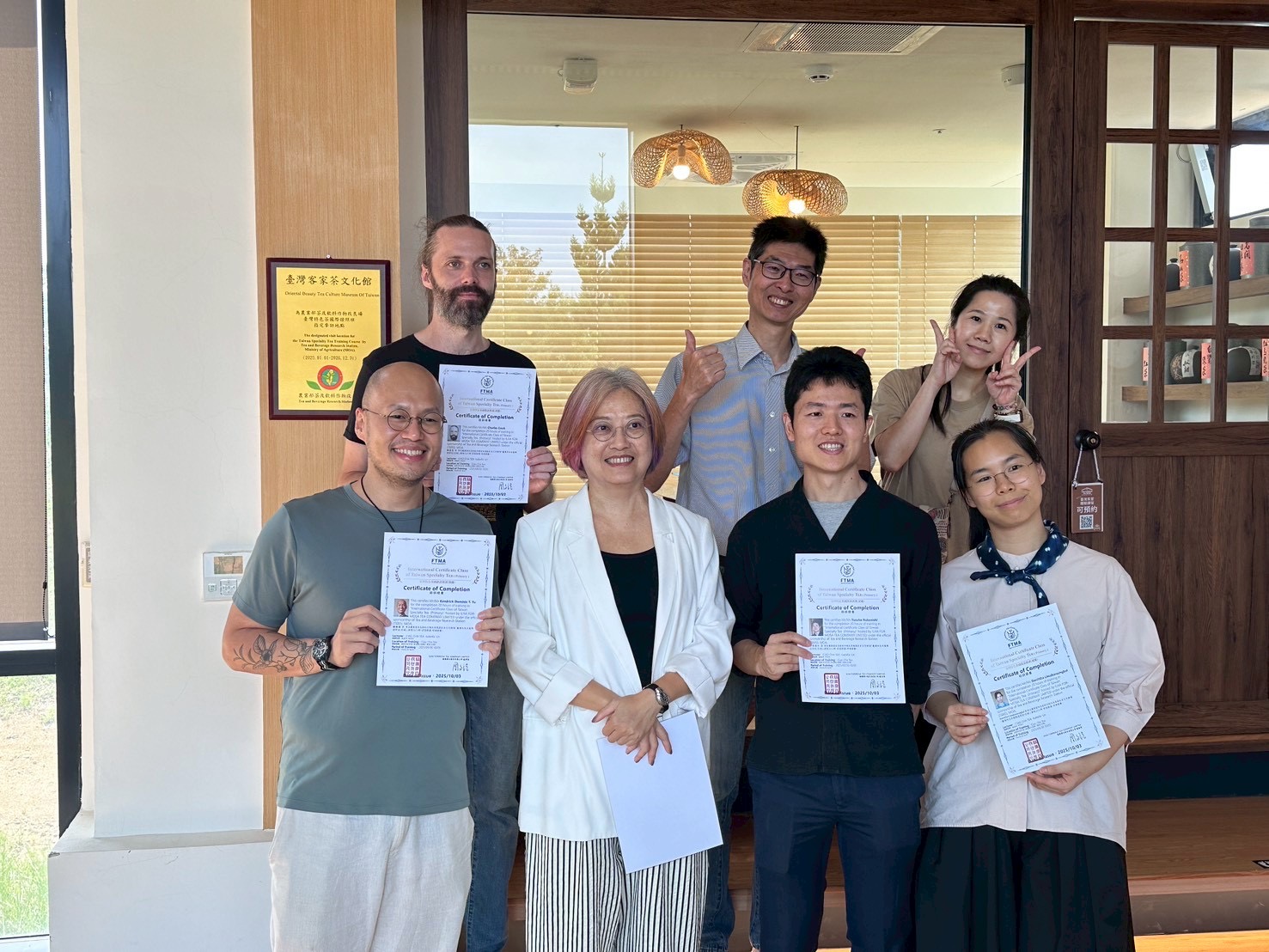
I have always appreciated Taiwanese teas—their aroma, taste, and the social connections they foster. Wanting to deepen my understanding, I joined the TBRS Taiwan Special Tea International Certificate Course through Ciao Cha. When I began, my knowledge of Taiwanese teas was quite limited, but in just a few days of classes with Isabella, I gained valuable insights and a deeper appreciation. From history and tea culture to the processes and technicalities of Taiwanese tea making, the experience greatly enriched both my knowledge and connection to tea. One aspect I deeply value is how TBRS continues to support tea farmers and uplift the local tea industry. Their commitment to innovation while safeguarding tradition is both admirable and inspiring. The tea farm visit was especially eye-opening, showing how Taiwanese tea production integrates advanced approaches to streamline processes while still honoring the indispensable role of human labor. It is a true testament that tradition and technological innovation can coexist in harmony to produce exceptional tea. This course has not only expanded my perspective but also strengthened my commitment to tea as both a craft and a cultural bridge. I intend to continue enriching my knowledge and deepening my practice through further studies and experiences. More importantly, I hope to share these learnings with fellow tea enthusiasts back home in the Philippines, where tea appreciation is growing. In doing so, I aspire to contribute to a deeper cultural connection with tea and to inspire others to experience the richness it brings to life.
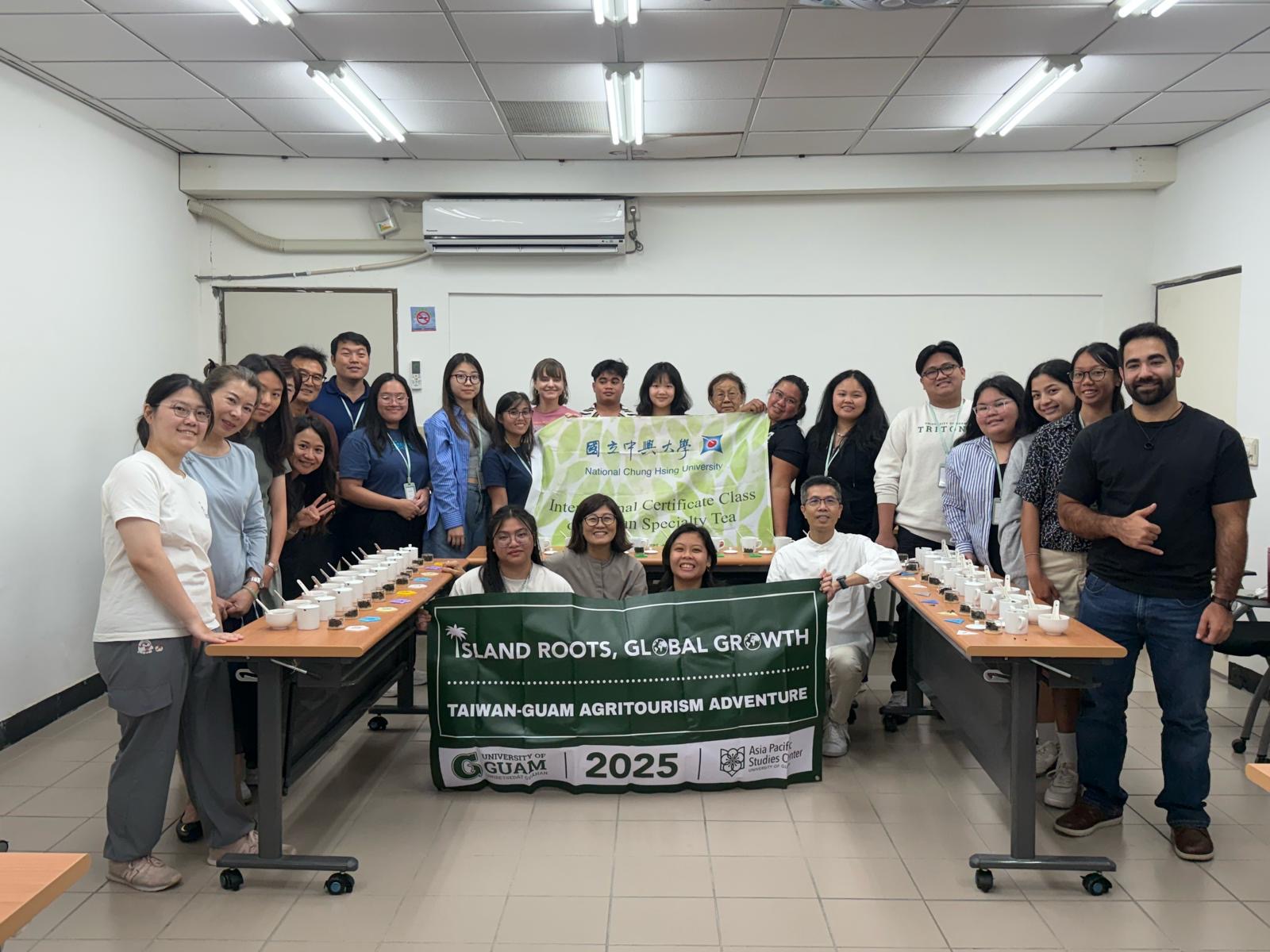
During the International Certificate Class of Taiwan Specialty Tea, I developed a better understanding of Taiwanese Tea and the cultural significance behind it. After taking this class, I know more about the different teas that are made, their origins, how they are prepared, and how to identify them with our sense of taste, sight, and smell. And the tea ceremony made me experience the culture first-hand and showed me how respectful and professional it is. More importantly, I now understand why tea is essential in many cultures today and why it is popular worldwide, as it does a great job of showcasing the traditions and values of a nation to other people.
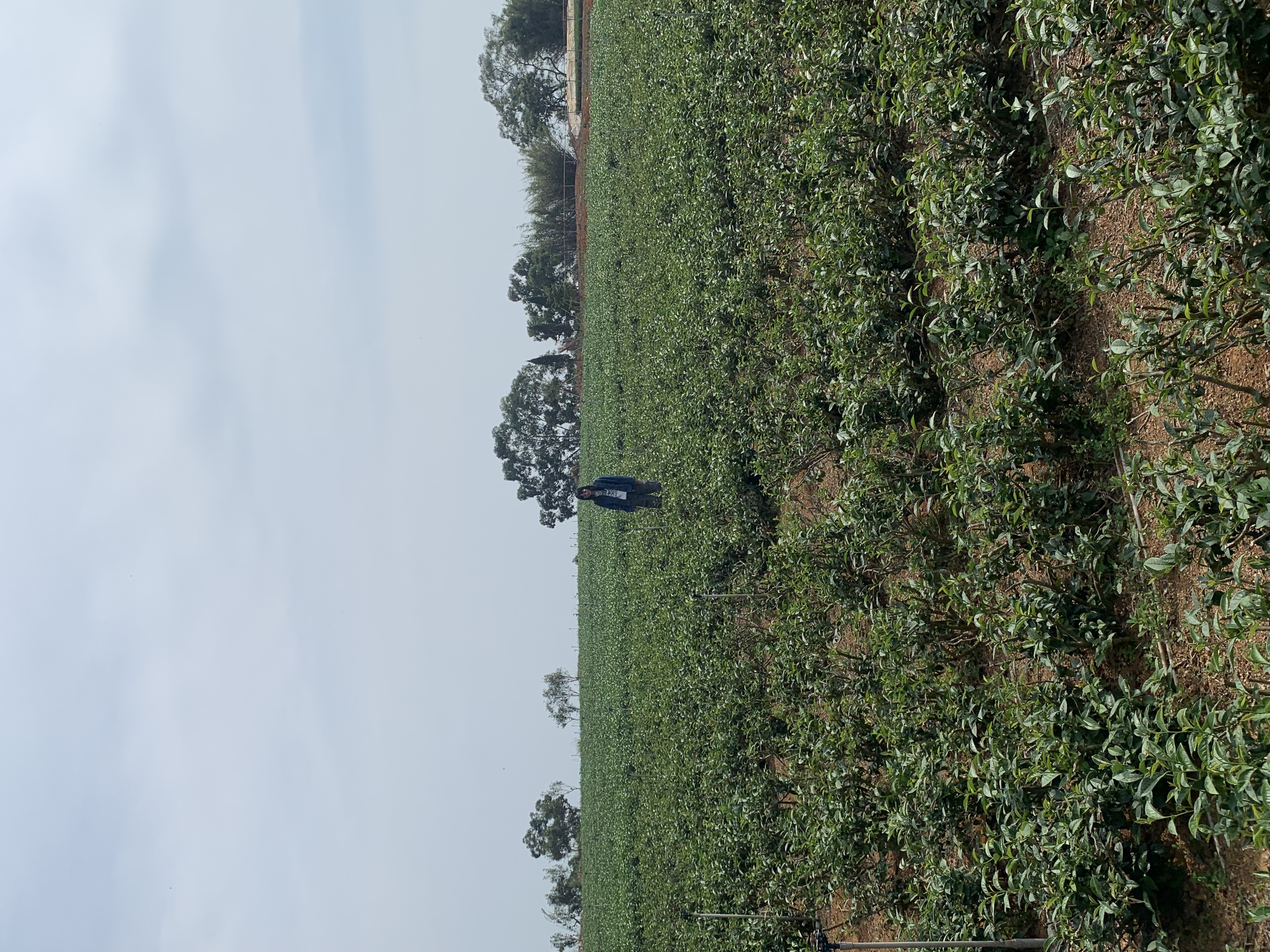
Visiting Tea & Magic Hand in Taiwan was such a memorable experience. I got to see the whole journey of Si Ji Chun oolong-from tea bushes in the field to the detailed steps of processing. What stood out was how clean and well-organized everything was. Each part of the process-plucking, withering, oxidation, rolling, drying-was done with such care. It helped me understand how much work goes into every cup. This visit made me appreciate tea even more. It wasn’t just about tasting-it was about the people, the process, and the passion behind it.
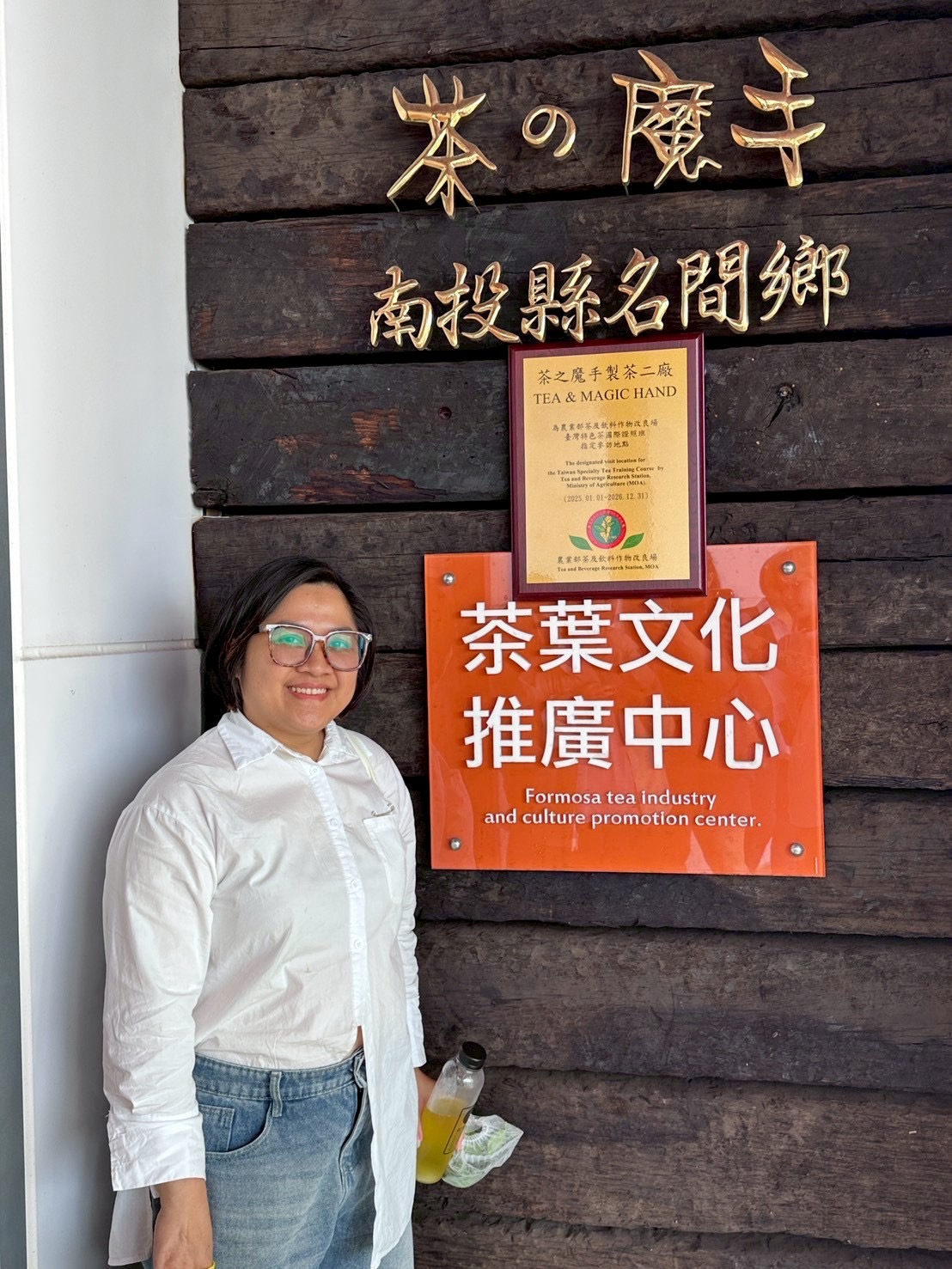 2025-IFTCL-4-10097-001
2025-IFTCL-4-10097-001
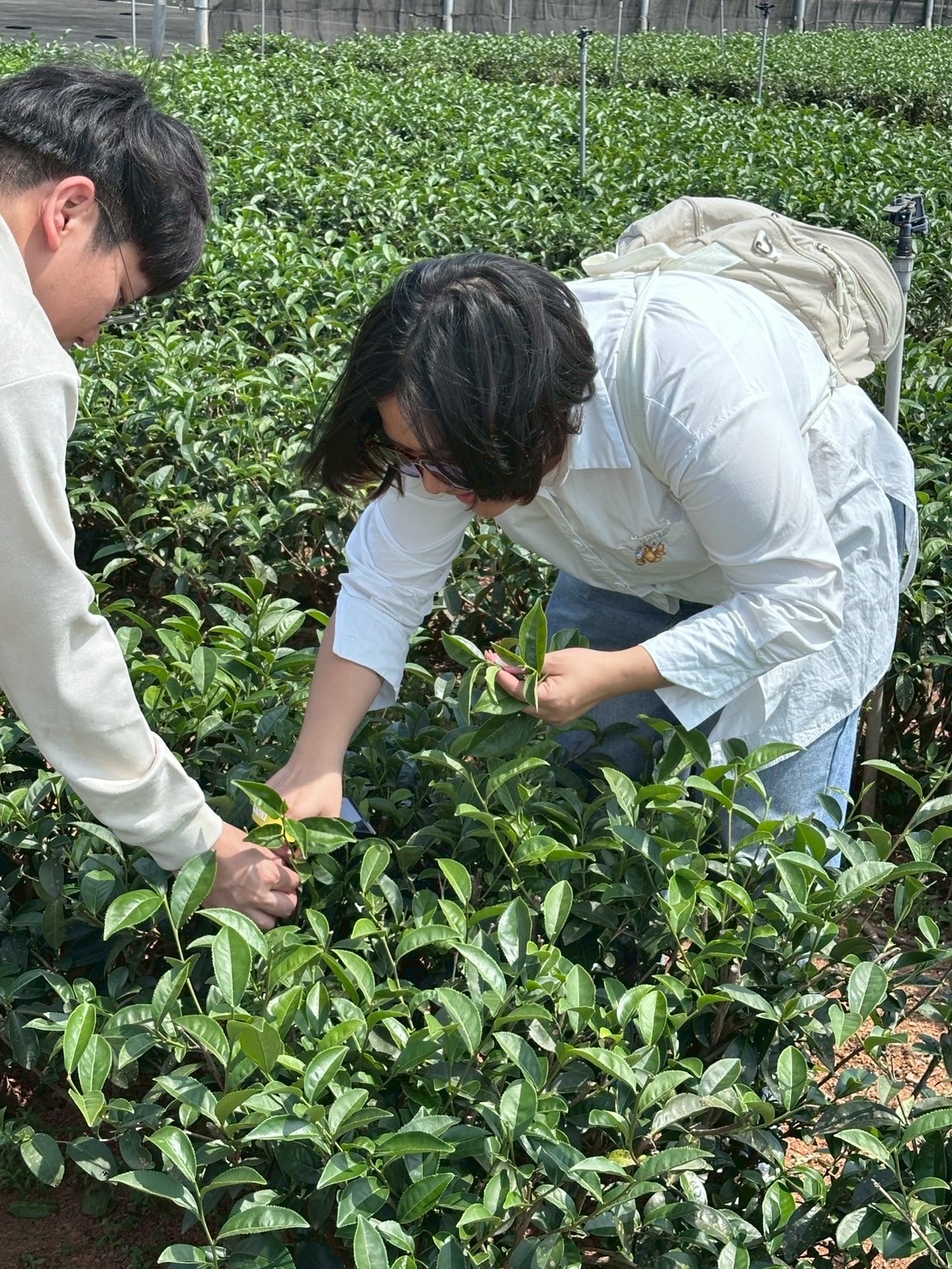 2025-IFTCL-4-10097-001
2025-IFTCL-4-10097-001
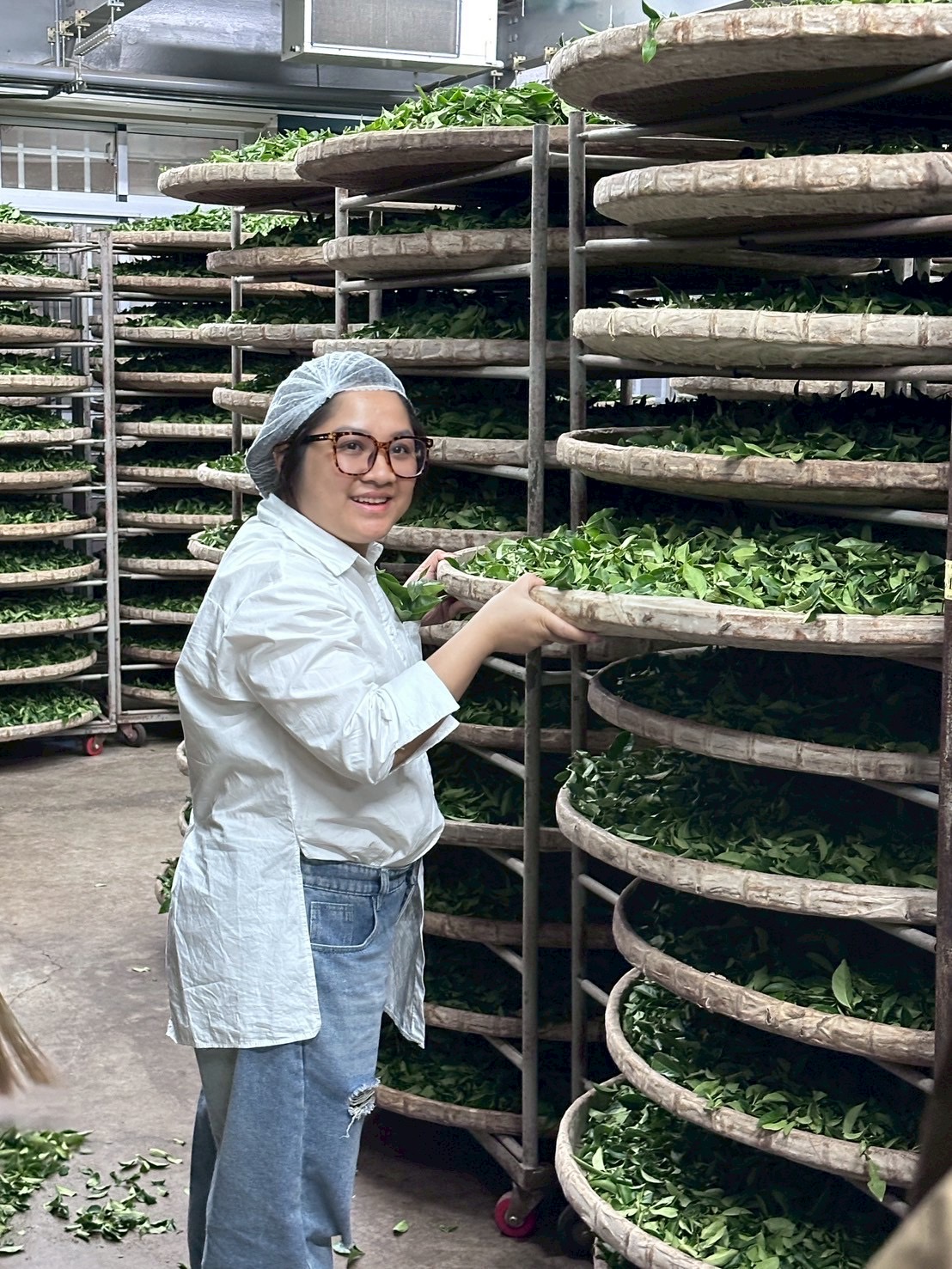 2025-IFTCL-4-10097-001
2025-IFTCL-4-10097-001
On a beautiful spring day with golden sunshine and a gentle breeze, I had the pleasure of visiting a 5-star tea farm in Taiwan as part of International Certificate Taiwan Specialty Tea Class. Surrounded by rows of vibrant tea bushes, the atmosphere was calm, inviting, and full of life. Our teacher guided us through the experience, sharing deep knowledge about the cultivation and techniques behind Taiwanese teas. We explored the fields, watched the skilled hands of the tea masters, and even tried our own hand at picking fresh tea leaves. Sharing this experience with friends from the training class made it even more special. We laughed, learned, and tasted freshly brewed oolong right at the source. The rich aroma and smooth, sweet flavor of the tea under the warm spring sun was unforgettable. A heartfelt thank you to the director and all the staff of the tea garden for your warm hospitality, generous sharing, and unwavering support throughout our visit. Your passion for Taiwanese tea and dedication to preserving its traditions truly shone through every moment. We deeply appreciate the care, knowledge, and kindness you extended to us—it made our experience not only educational but truly inspiring. This visit was not only educational but also deeply heartwarming. I truly recommend this class and this tea farm to anyone interested in Taiwanese tea especially on a bright spring day, when everything feels just right.
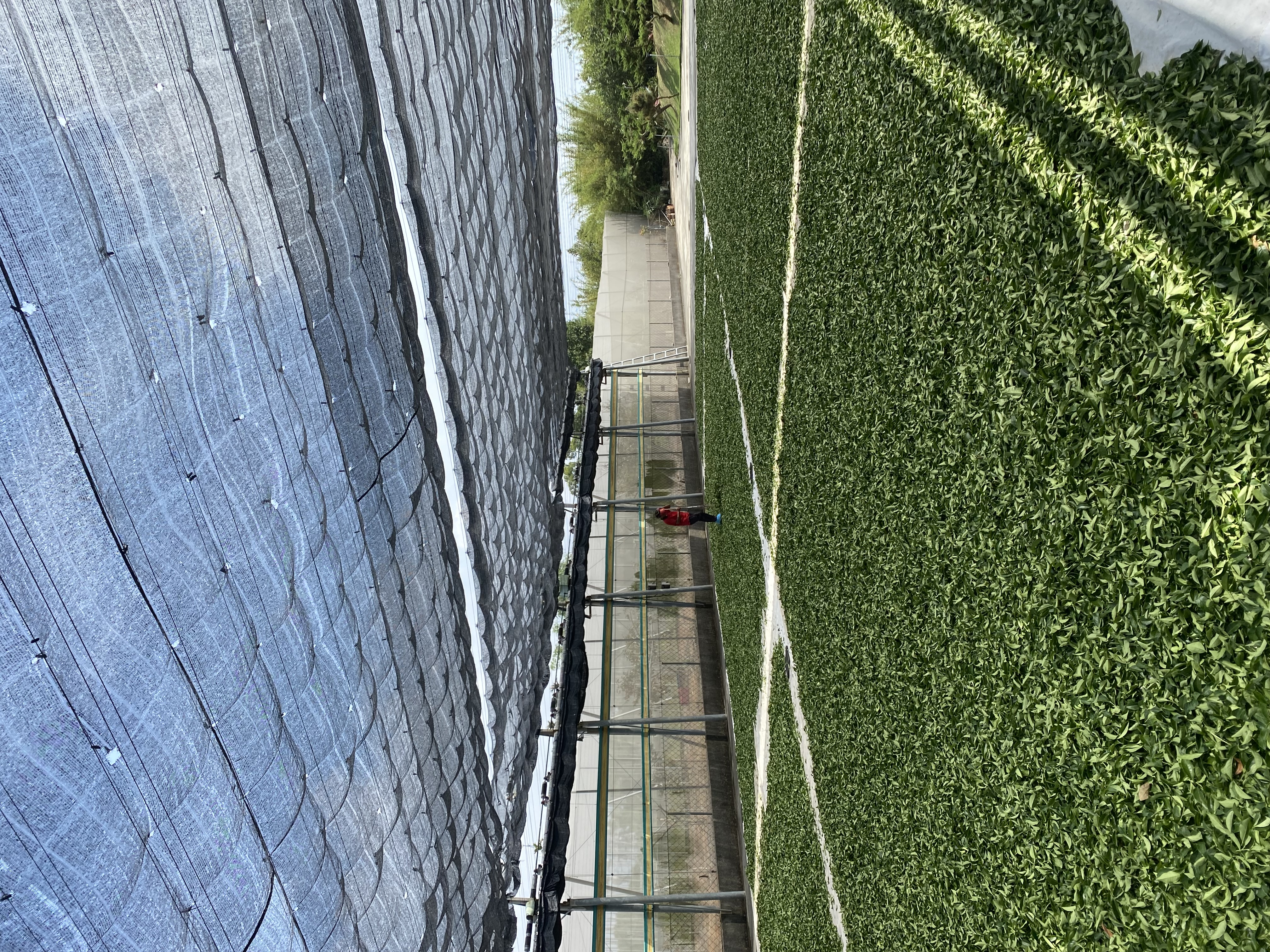 2025-IFTCL-4-10089-001
2025-IFTCL-4-10089-001
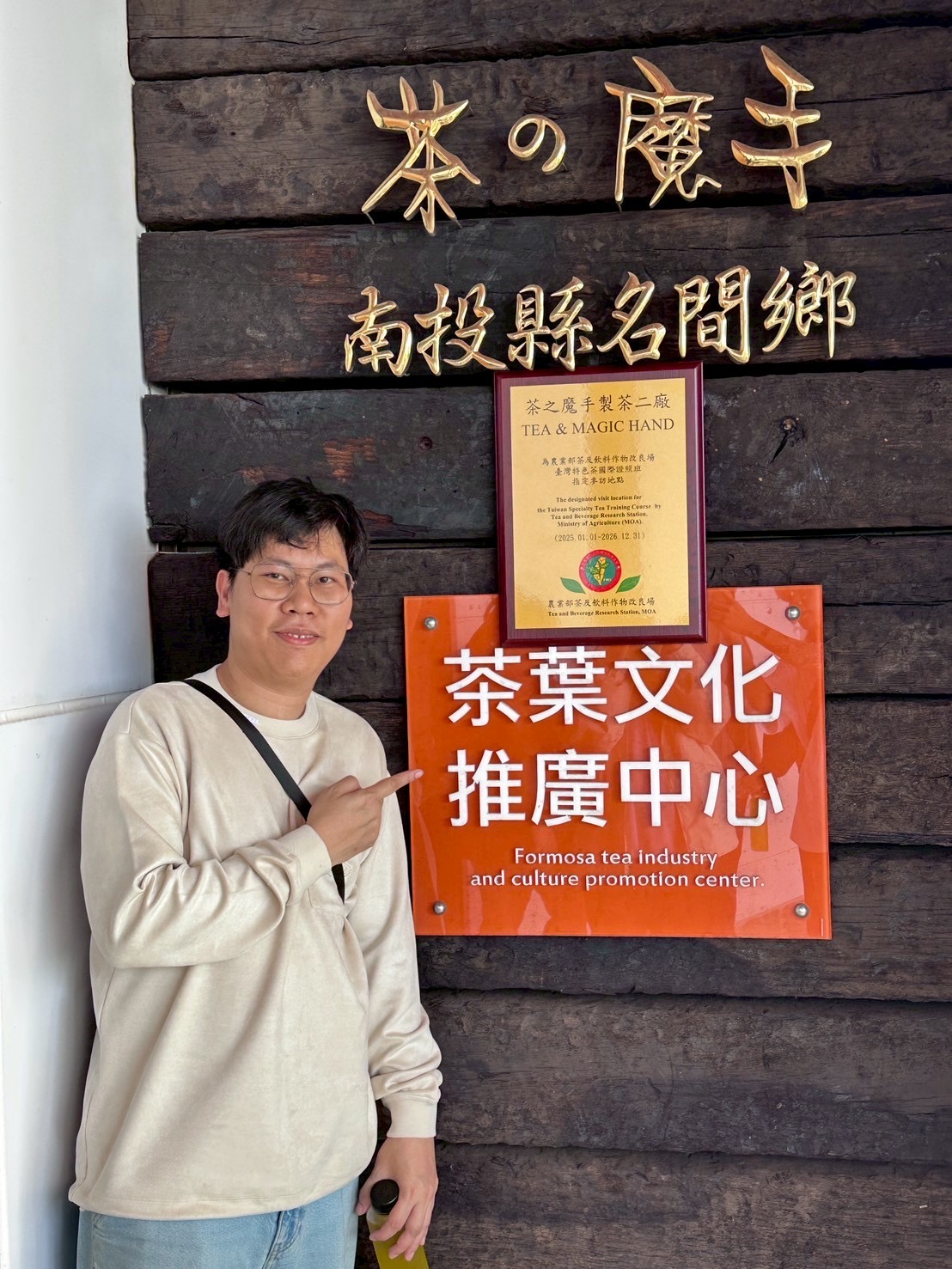 2025-IFTCL-4-10089-001
2025-IFTCL-4-10089-001
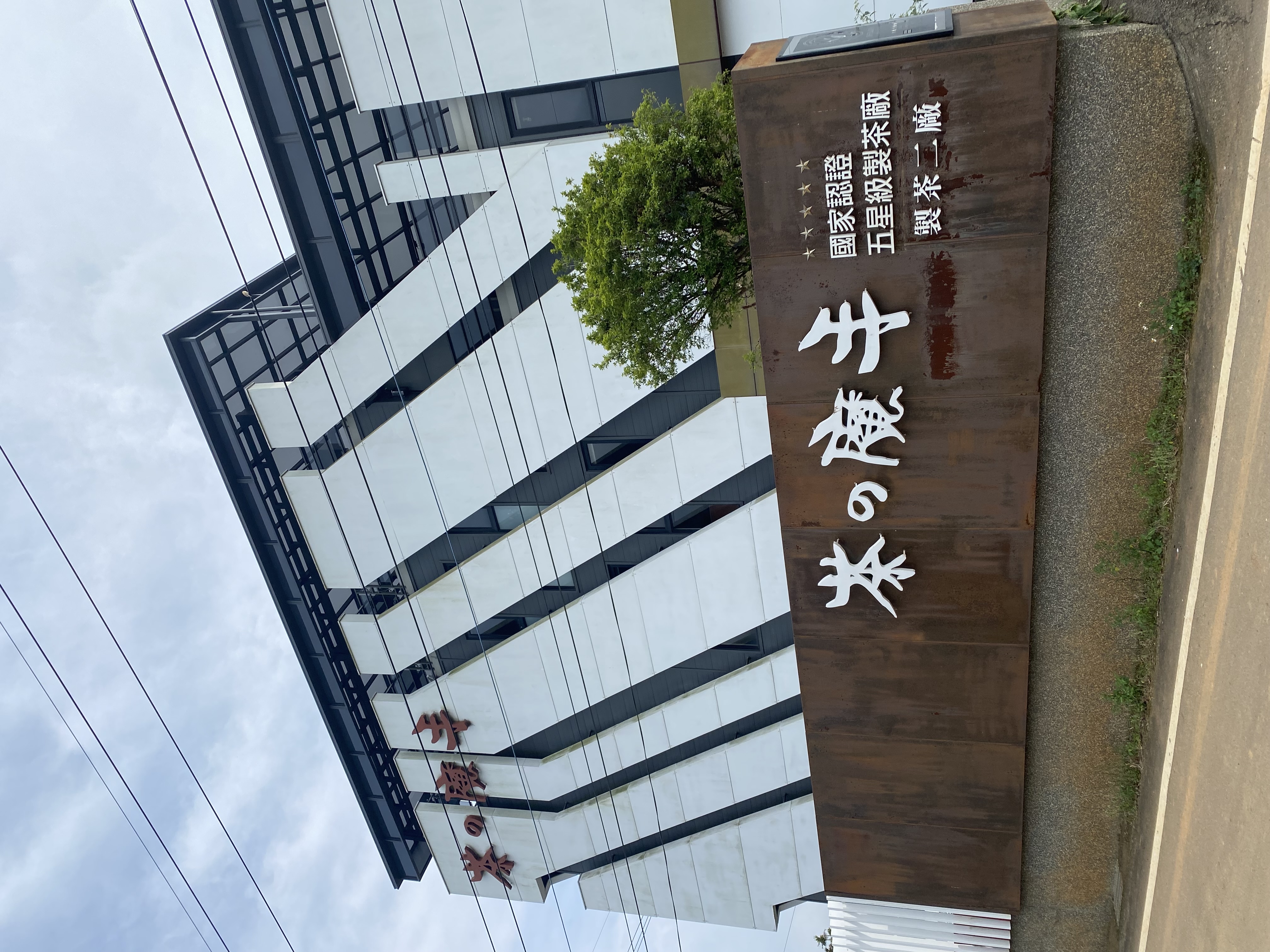 2025-IFTCL-4-10089-001
2025-IFTCL-4-10089-001
Visit to a Tea Plantation and Tea Factory in Nantou on April 17, 2025 TEA & MAGIC HAND 茶之魔手製茶二廠 We visited a tea plantation and a tea factory in Nantou on April 17, 2025. We come with Teacher Isabella for group TBRS . International class. This factory produces Taiwanese oolong tea for beverages and bubble milk tea. However, they also produce premium-grade tea, which is hand-picked. Tea used for regular beverages is harvested using machinery. Today, we observed the outdoor withering process of Four Seasons tea leaves. We also toured the surrounding tea plantation, which grows both Four Seasons and Jinxuan oolong varieties. After that, we went inside the factory to see the tea processing methods and various production steps. The factory maintains very high cleanliness standards. We were also able to smell the tea during the indoor withering process. The factory representative guided us through the tour and explained the details of tea production. Finally, we took group photos and enjoyed tea prepared by the factory. We’d like to extend our thanks to the team for their warm hospitality.
 2025-IFTCL-4-10090-001
2025-IFTCL-4-10090-001
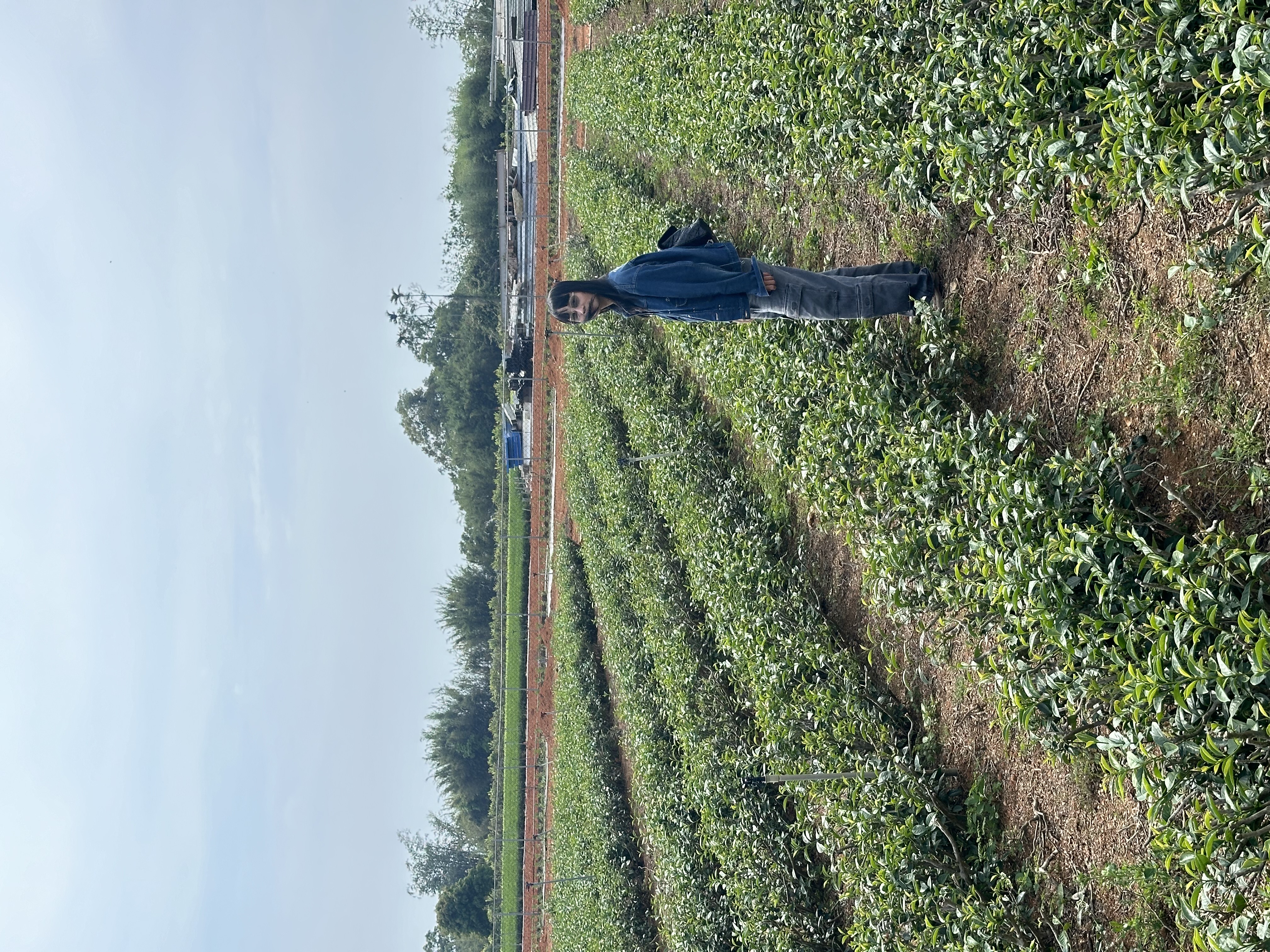 2025-IFTCL-4-10090-001
2025-IFTCL-4-10090-001
 2025-IFTCL-4-10090-001
2025-IFTCL-4-10090-001
Visiting Tea & Magic Hand in Taiwan was such a memorable experience. I got to see the whole journey of Si Ji Chun oolong-from tea bushes in the field to the detailed steps of processing. What stood out was how clean and well-organized everything was. Each part of the process-plucking, withering, oxidation, rolling, drying-was done with such care. It helped me understand how much work goes into every cup. This visit made me appreciate tea even more. It wasn’t just about tasting-it was about the people, the process, and the passion behind it.
 2025-IFTCL-4-10088-001
2025-IFTCL-4-10088-001
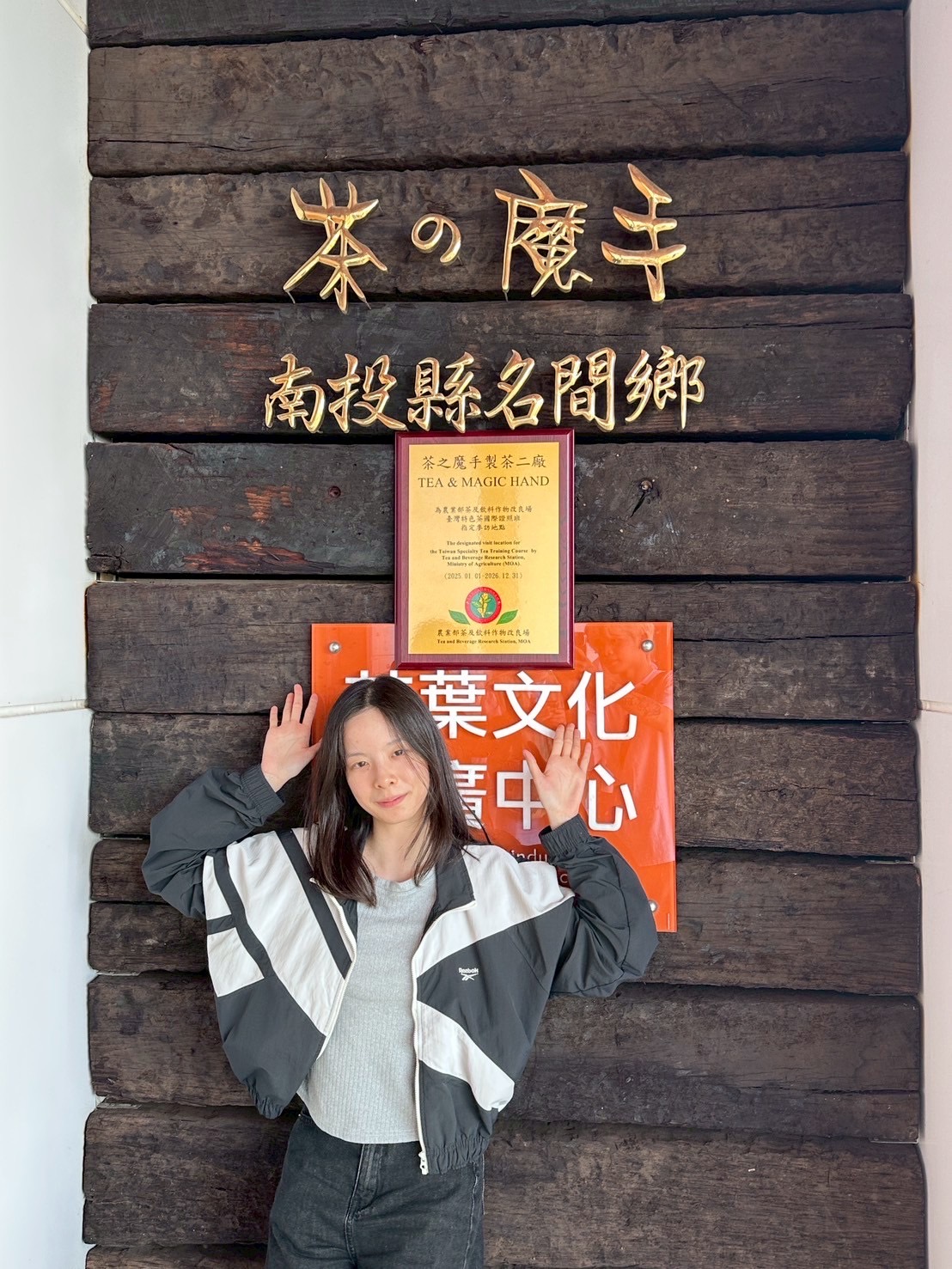 2025-IFTCL-4-10088-001
2025-IFTCL-4-10088-001
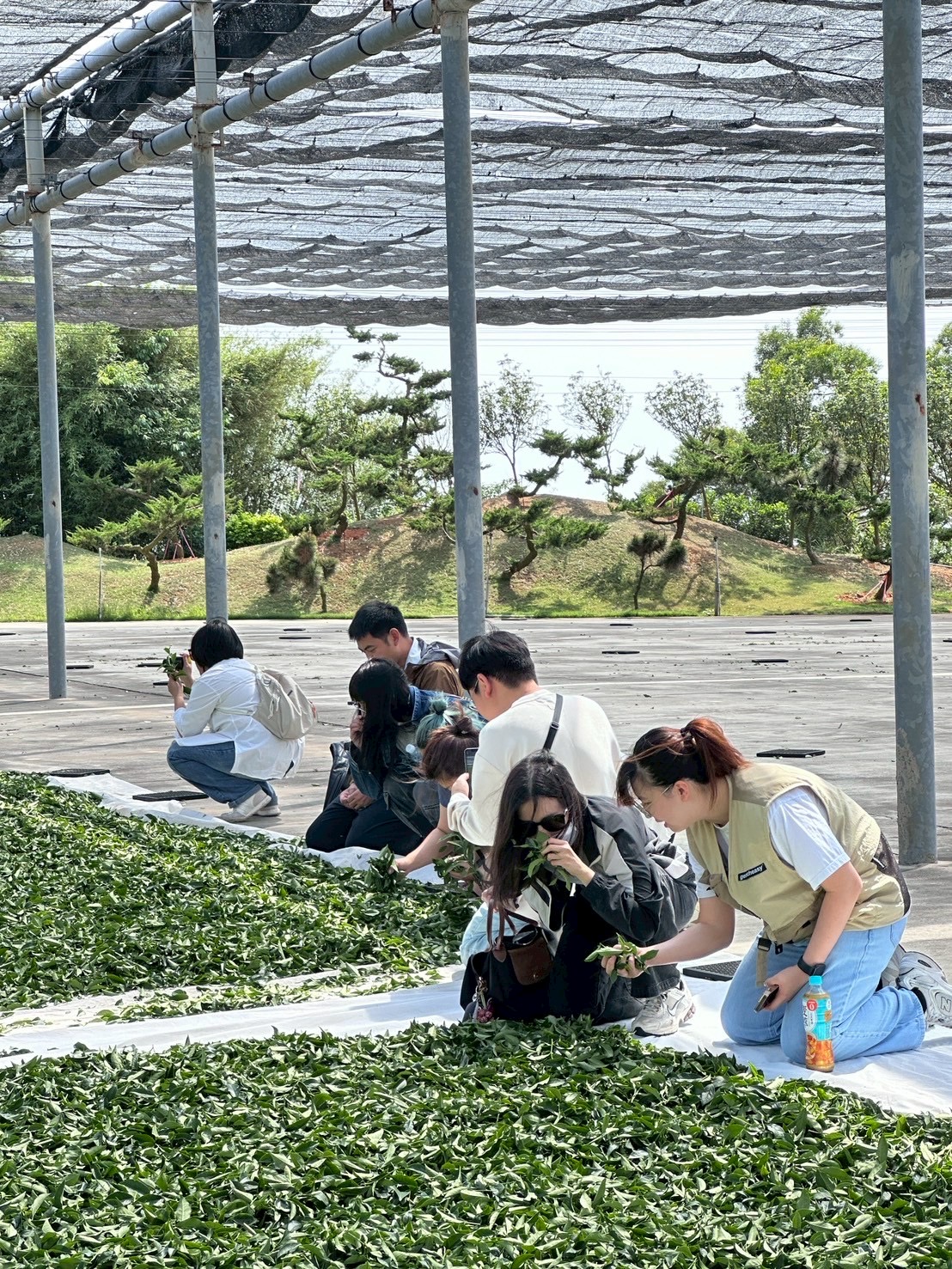 2025-IFTCL-4-10088-001
2025-IFTCL-4-10088-001
The tea farm we visited today was 茶魔手, a farm specializing in commercial tea. The manager presented us the tea plants will be handpicked and produced into varieties of tea at their own tea making facility where hygiene is highly emphasized in order to control the quality of the tea products. All process of tea making can be completed in one place starting from picking leaves, outdoor and indoor withering, oxidizing, frying and eventually squeezing the tea leaves into a ball shape and make it ready to be distributed.
 2025-IFTCL-4-10098-001
2025-IFTCL-4-10098-001
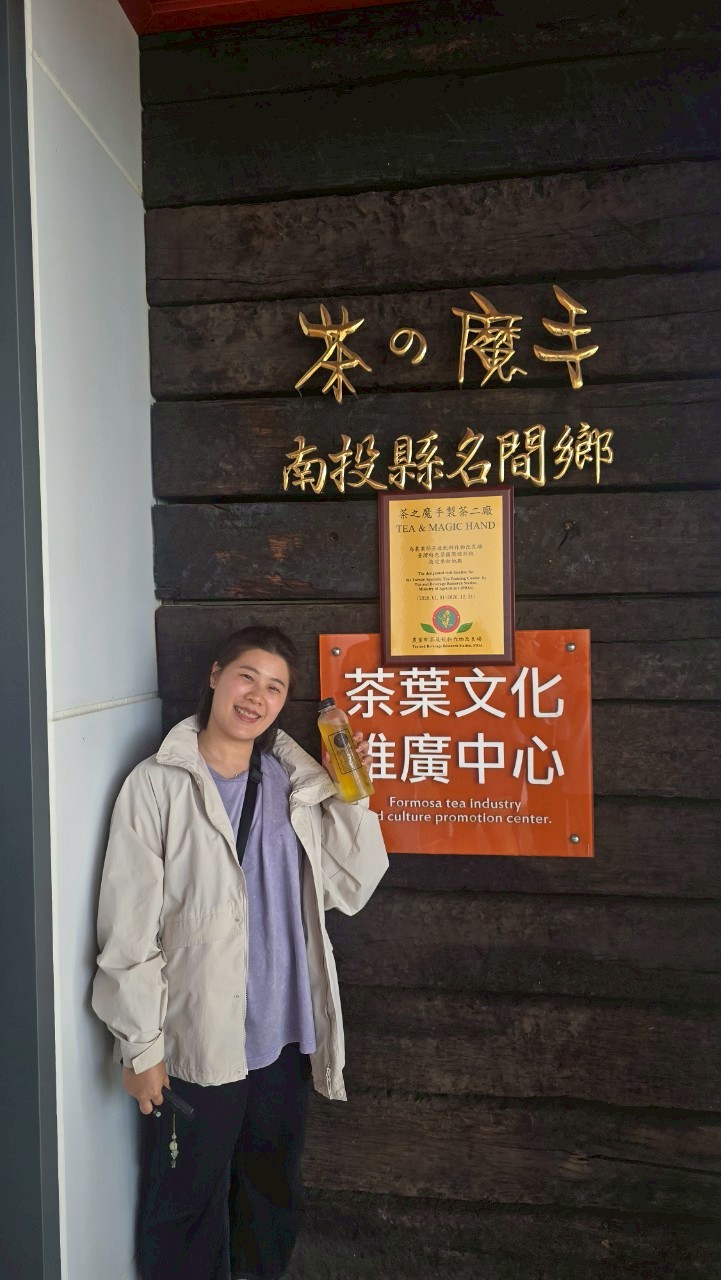 2025-IFTCL-4-10098-001
2025-IFTCL-4-10098-001
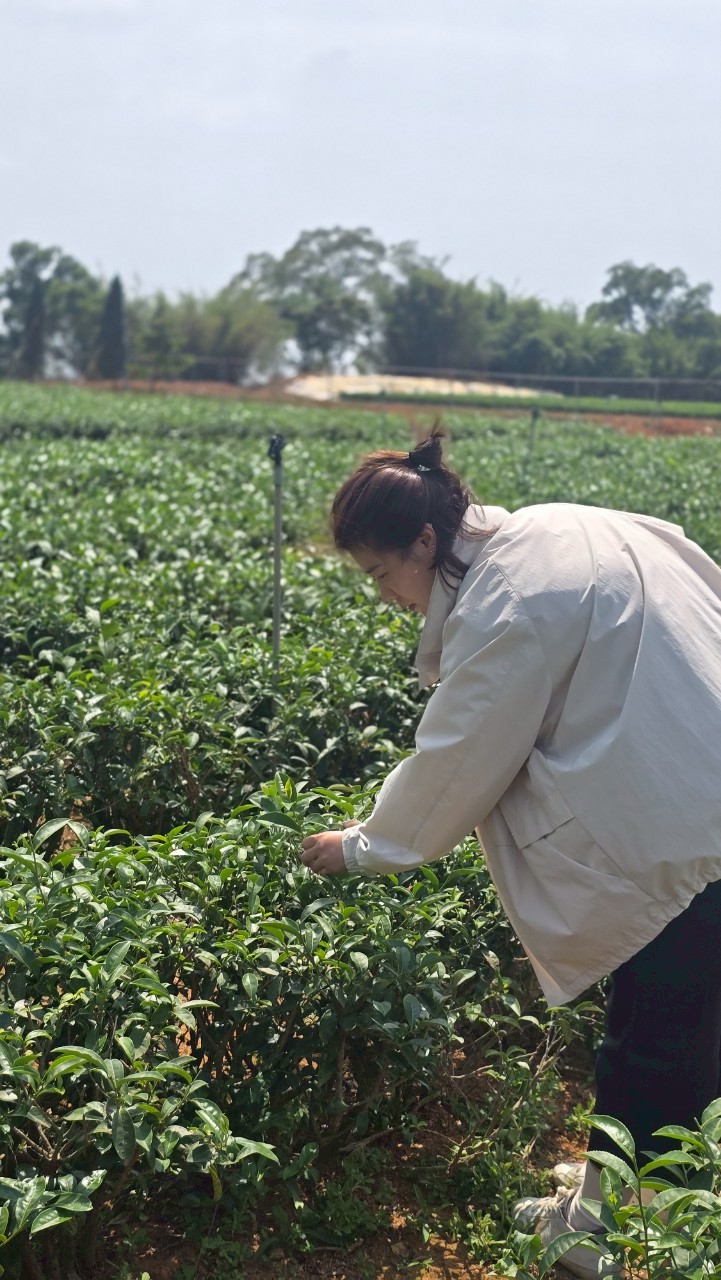 2025-IFTCL-4-10098-001
2025-IFTCL-4-10098-001
This morning, I learned about the history, origins, and growing regions of various Taiwanese teas at Ciaocha Teahouse. I was surprised to learn that john Dopp from scotland helped bring Taiwanese tea to international recognition and find connecting tea makers and spreading knowledge. In the afternoon, I visited the Formosa Tea Industry and Culture Promotion Center, where I observed the production of Four Seasons oolong tea and had the chance to pick tea leaves myself. I learned the basic steps of tea processing: • Picking – One bud with 2–3 leaves • Withering outdoors – To reduce moisture and initiate oxidation • Indoor withering – To promote partial oxidation • Kill-green – Using heat to stop the oxidation process • Rolling – Shaping the leaves into ball form • Drying – To reduce moisture and stabilize the tea After that, I tasted a cold-brewed version of the tea. It had a fragrant aroma, a moderate level of strength, and was very smooth and easy to drink. Finally, I got to see the difference between hand-picked and machine-picked tea fieldsthe shape and structure of the tea bushes vary noticeably depending on the harvesting method.
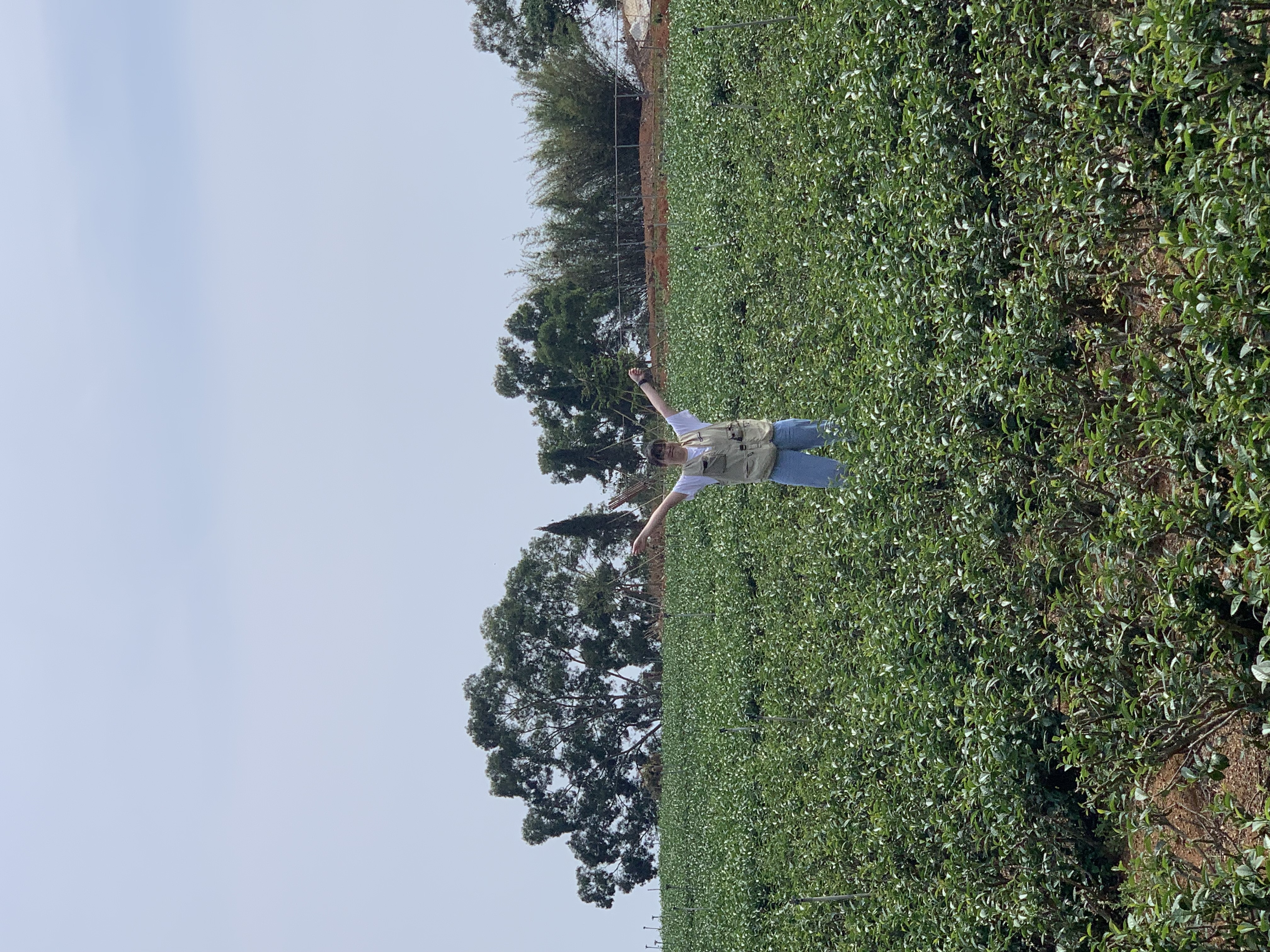 2025-IFTCL-4-10099-001
2025-IFTCL-4-10099-001
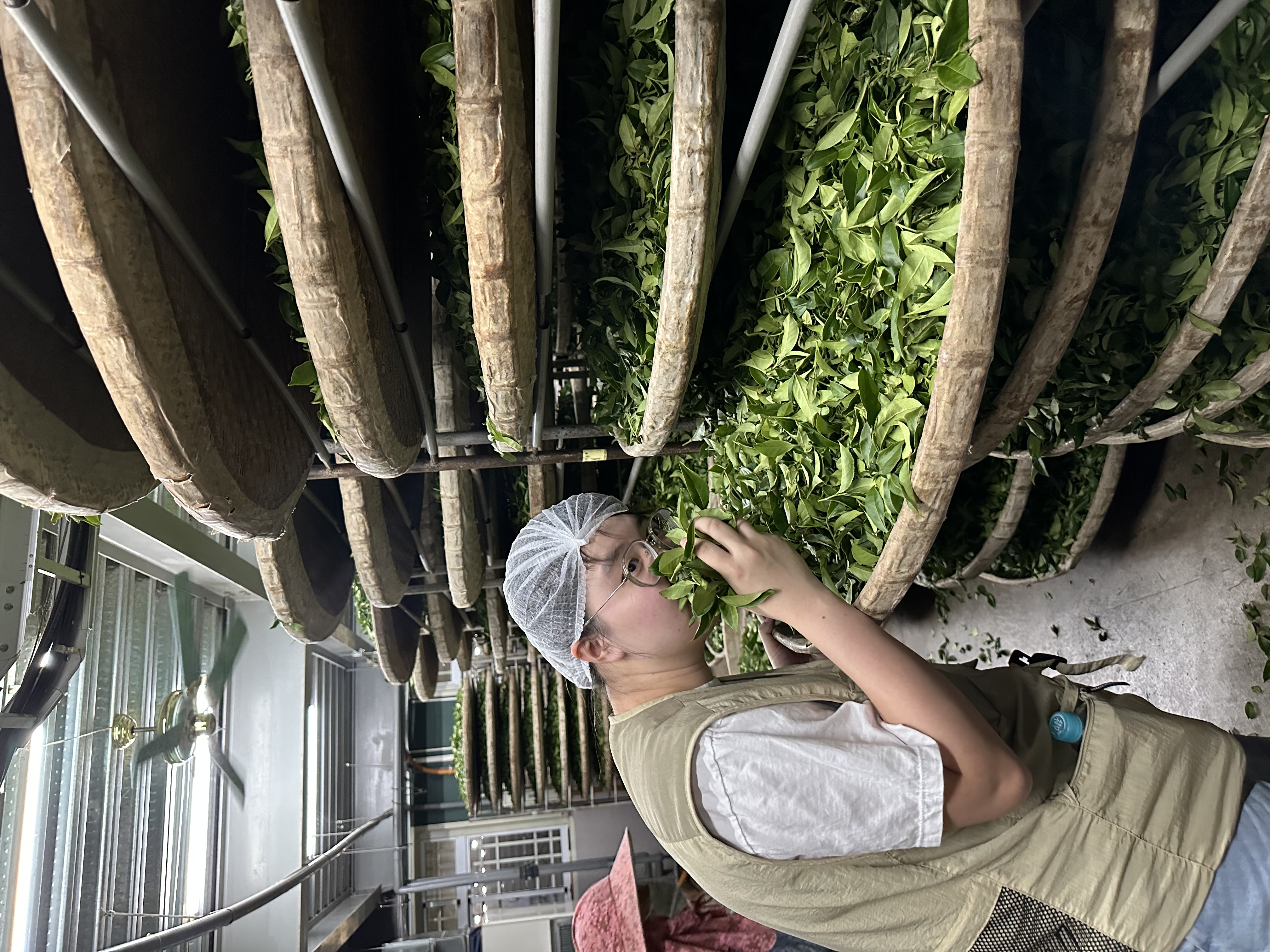 2025-IFTCL-4-10099-001
2025-IFTCL-4-10099-001
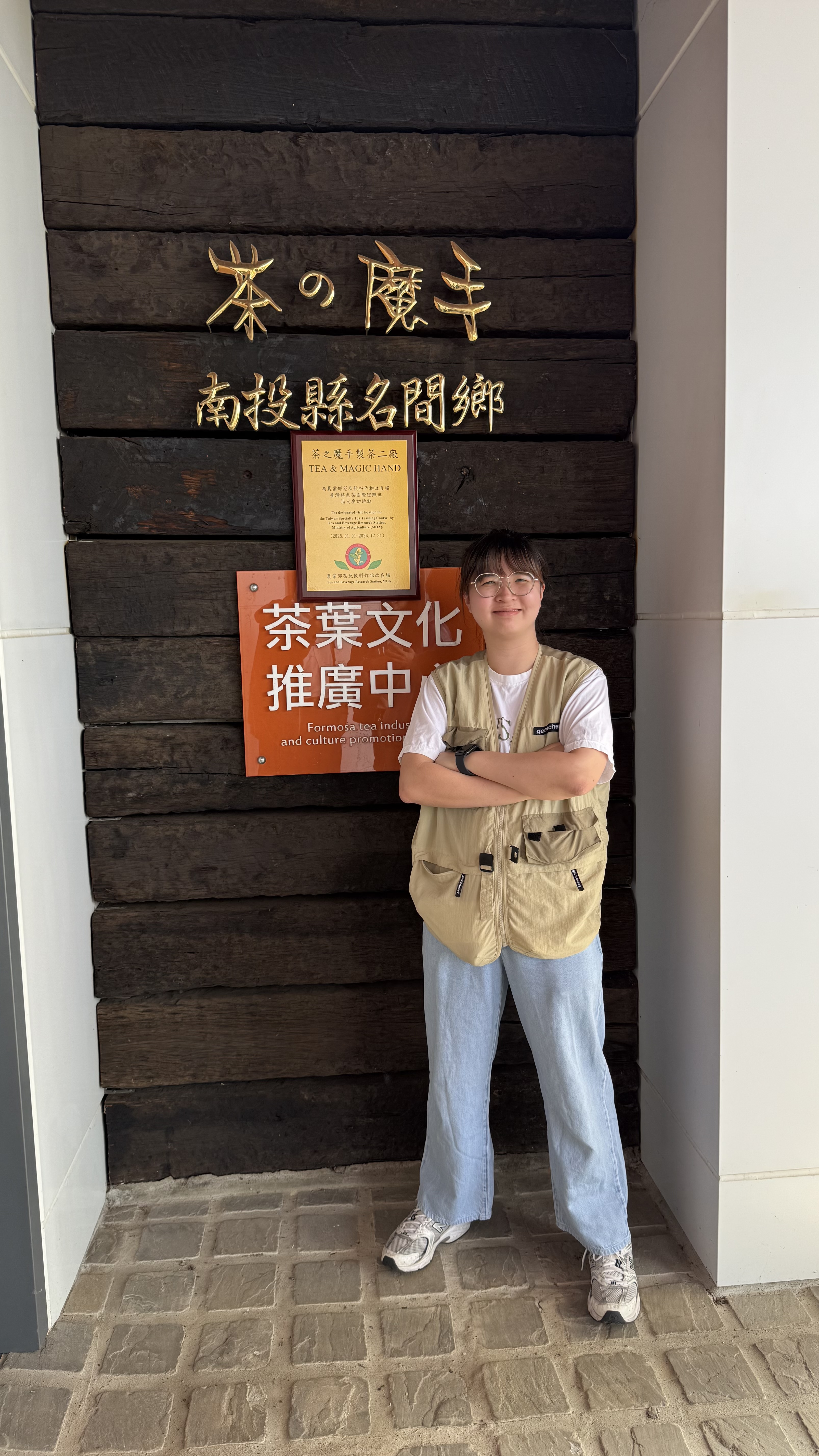 2025-IFTCL-4-10099-001
2025-IFTCL-4-10099-001
Review: Visiting Tea & Magic Hand’s Si Ji Chun Factory in Taiwan The highlight of this visit was seeing how clean and well-organized the tea-making process was. The factory mainly produces tea as a base for milk tea beverages, but in my opinion, their tea base is excellent on its own. It works beautifully as a light, cold-brewed oolong—floral, fragrant, and incredibly easy to drink. During the visit, we learned the differences between hand-picking and mechanical harvesting, each method producing distinct results. We also saw how the leaves are withered in a shaded area using natural wind—a gentle drying process that prepares the leaves for the next steps like oxidation and roasting.
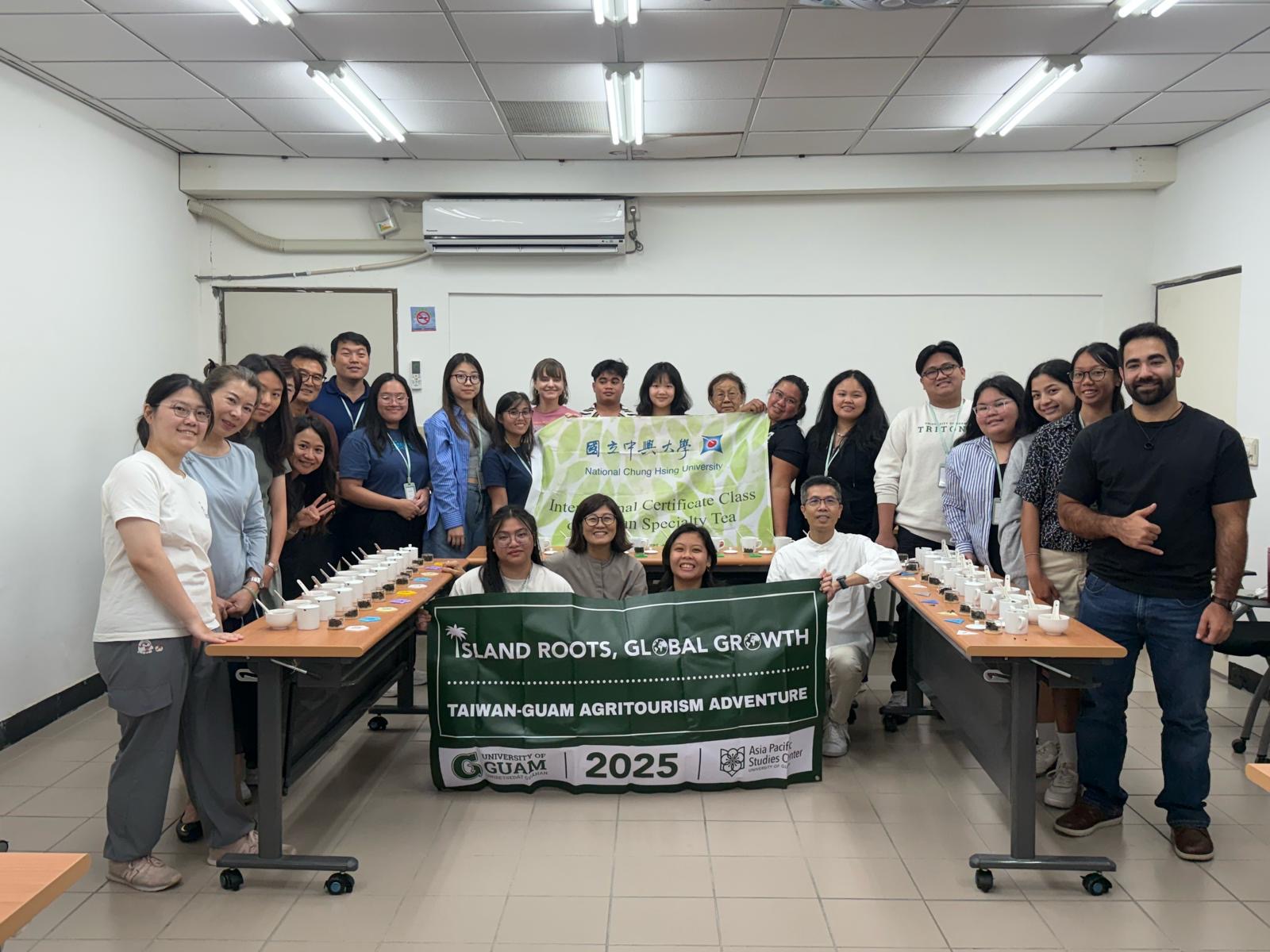 2025-NCHU-8-10113-001
2025-NCHU-8-10113-001
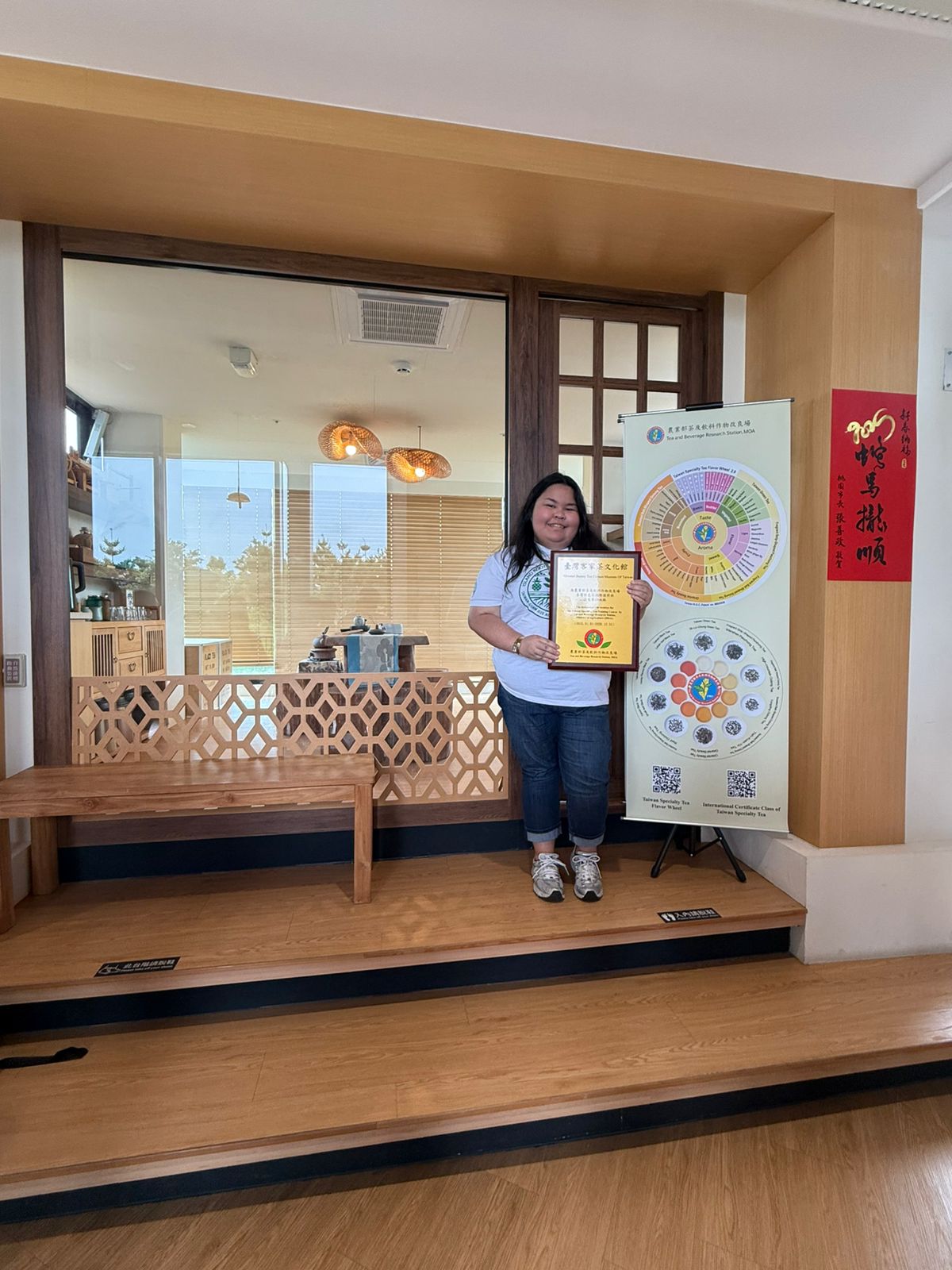 2025-NCHU-8-10113-001
2025-NCHU-8-10113-001
 2025-NCHU-8-10113-001
2025-NCHU-8-10113-001
I enjoyed this class and all the information I have gained from it. Now knowing the intricacies a tea, I am able to using this knowledge to help me distinguish quality tea. I appreciate Professor Alex’s patience with us and the enthusiasm he had for the material. By having him as my instructor, it set me up for success.
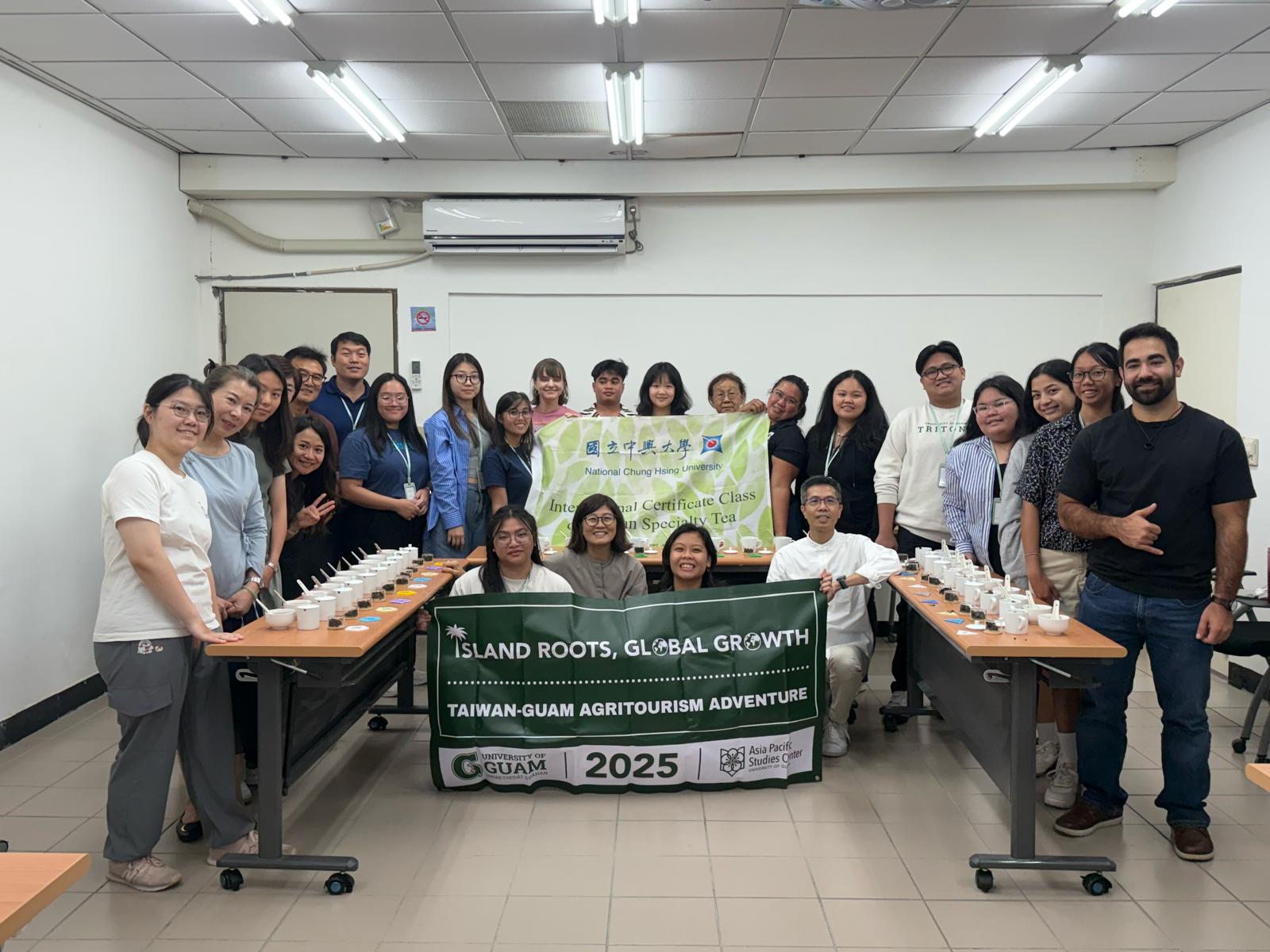 2025-NCHU-8-10114-001
2025-NCHU-8-10114-001
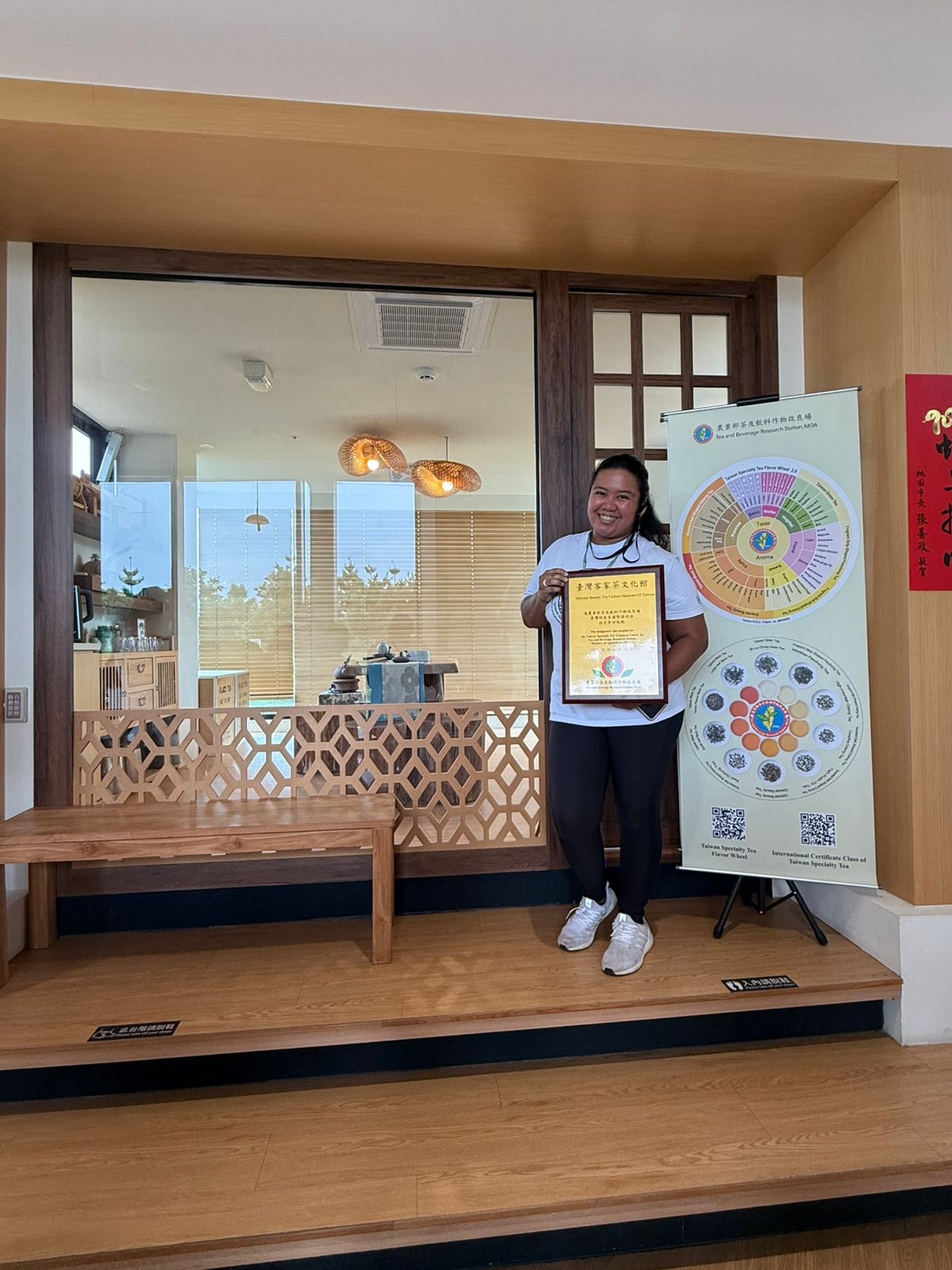 2025-NCHU-8-10114-001
2025-NCHU-8-10114-001
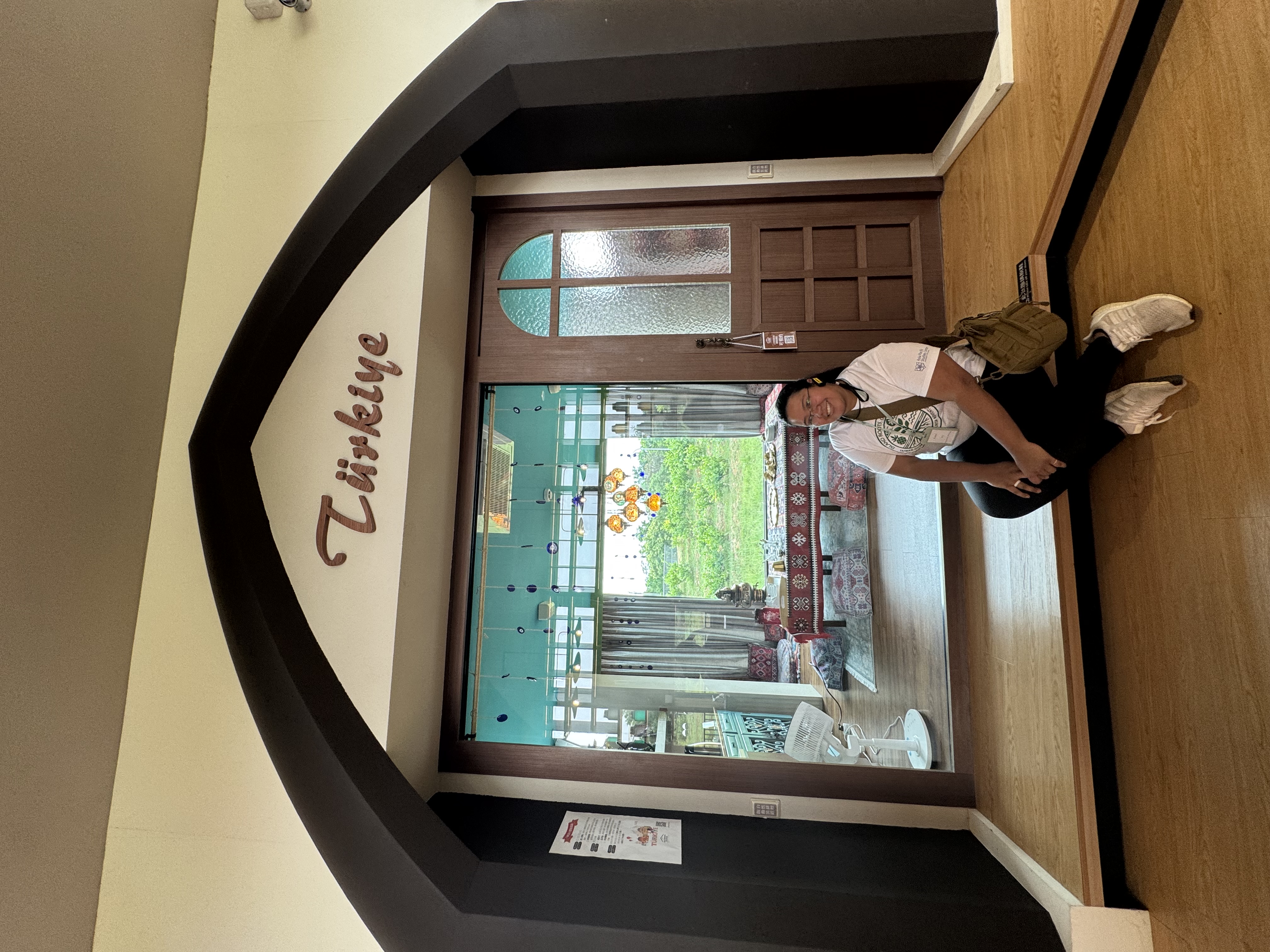 2025-NCHU-8-10114-001
2025-NCHU-8-10114-001
The class very informative and enjoyable. I didn’t realize that there were different processes to making different types of teas and what the differences were. I learned the differences between the tea cultivars and what makes green tea, oolong, and black tea. I have more appreciation for tea and the art and culture of it.
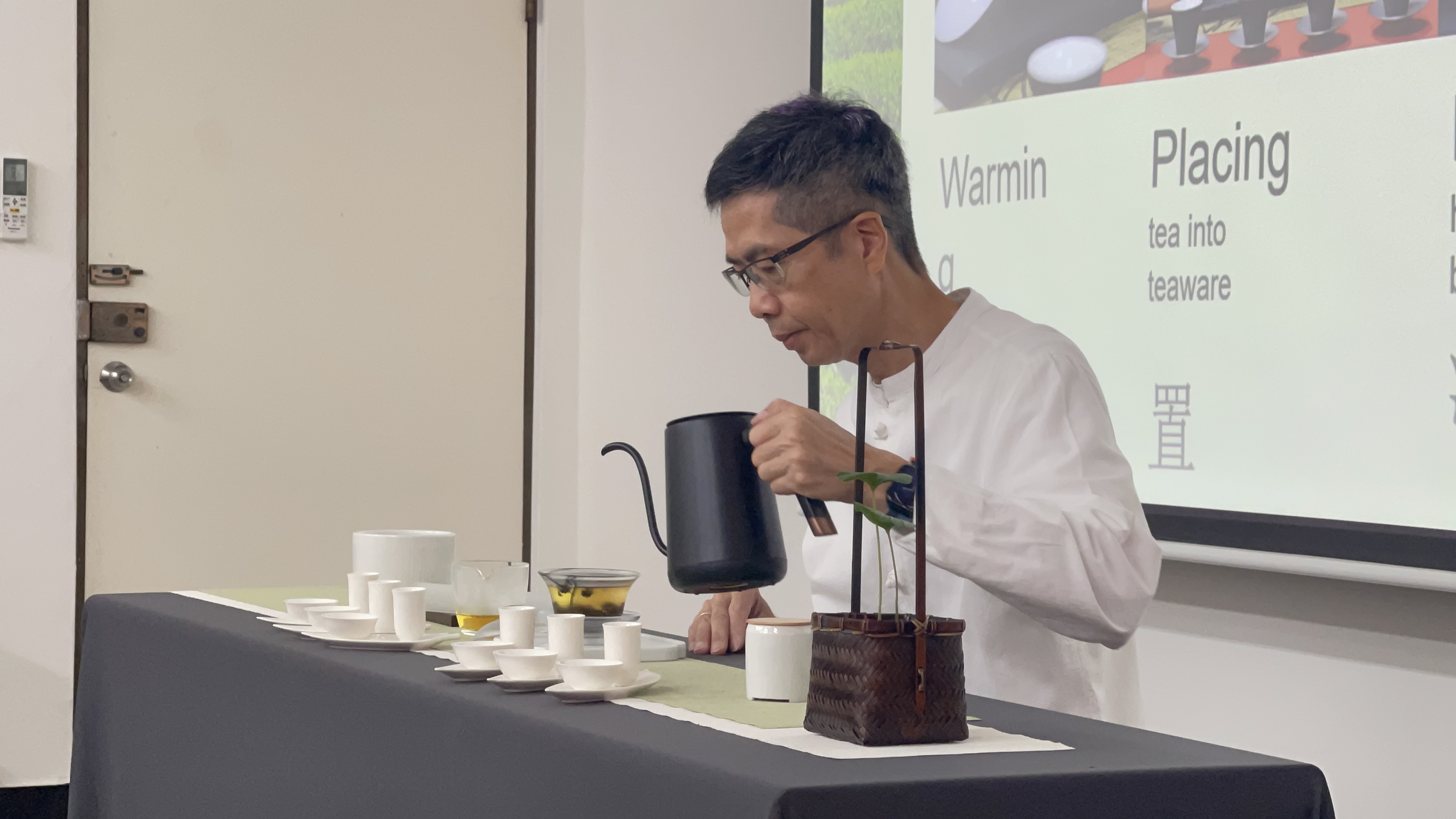 2025-NCHU-8-10120-001
2025-NCHU-8-10120-001
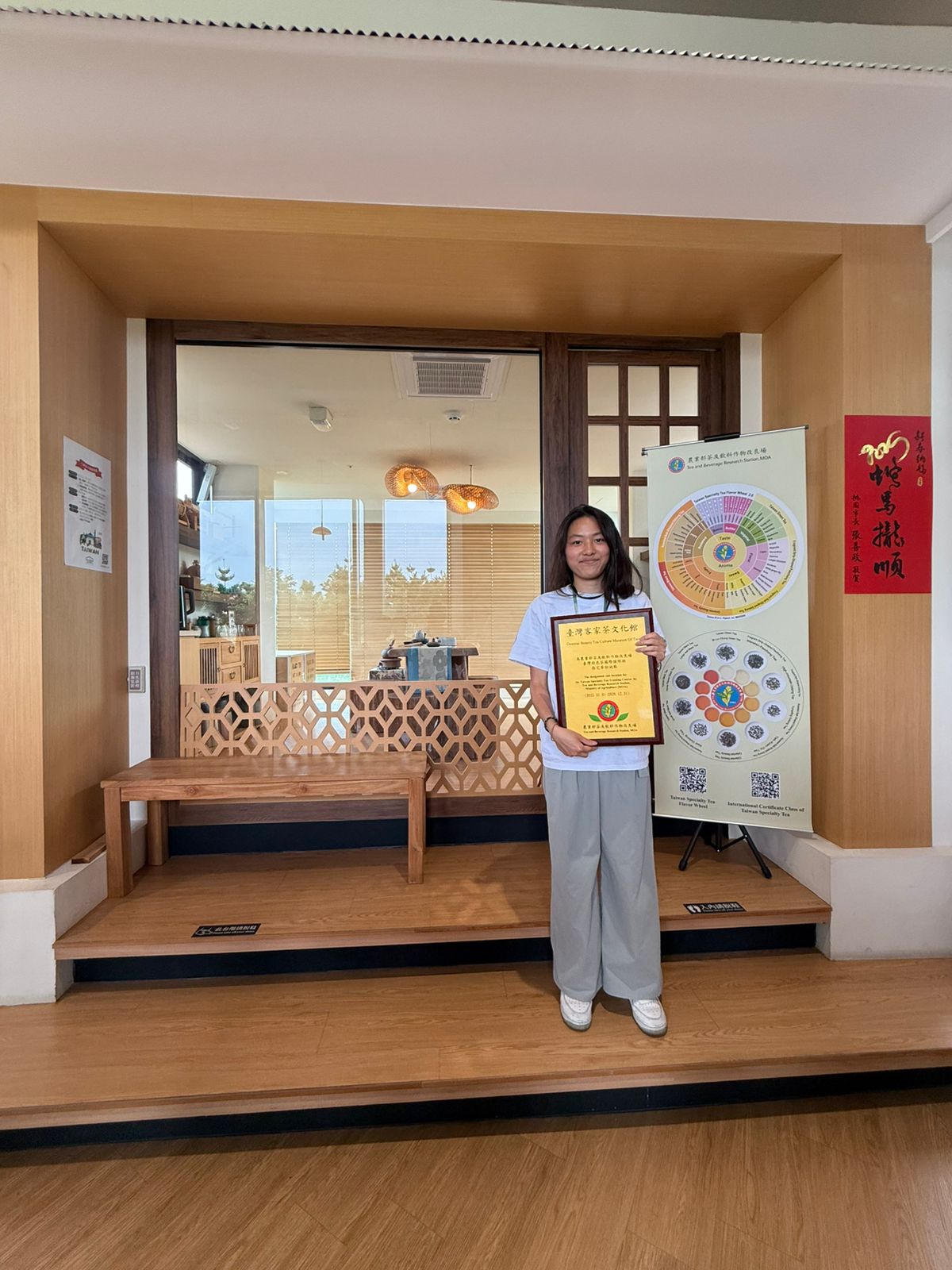 2025-NCHU-8-10120-001
2025-NCHU-8-10120-001
 2025-NCHU-8-10120-001
2025-NCHU-8-10120-001
Throughout the tea course, I deepened my understanding of the ways that oxidation levels and processing methods transform tea, from green to black, and gained a new appreciation for the ways tea exists culturally and linguistically in daily experiences. I also learned about the significance of being mindful and intentional in the traditional, and often ritualistic, practices of brewing.